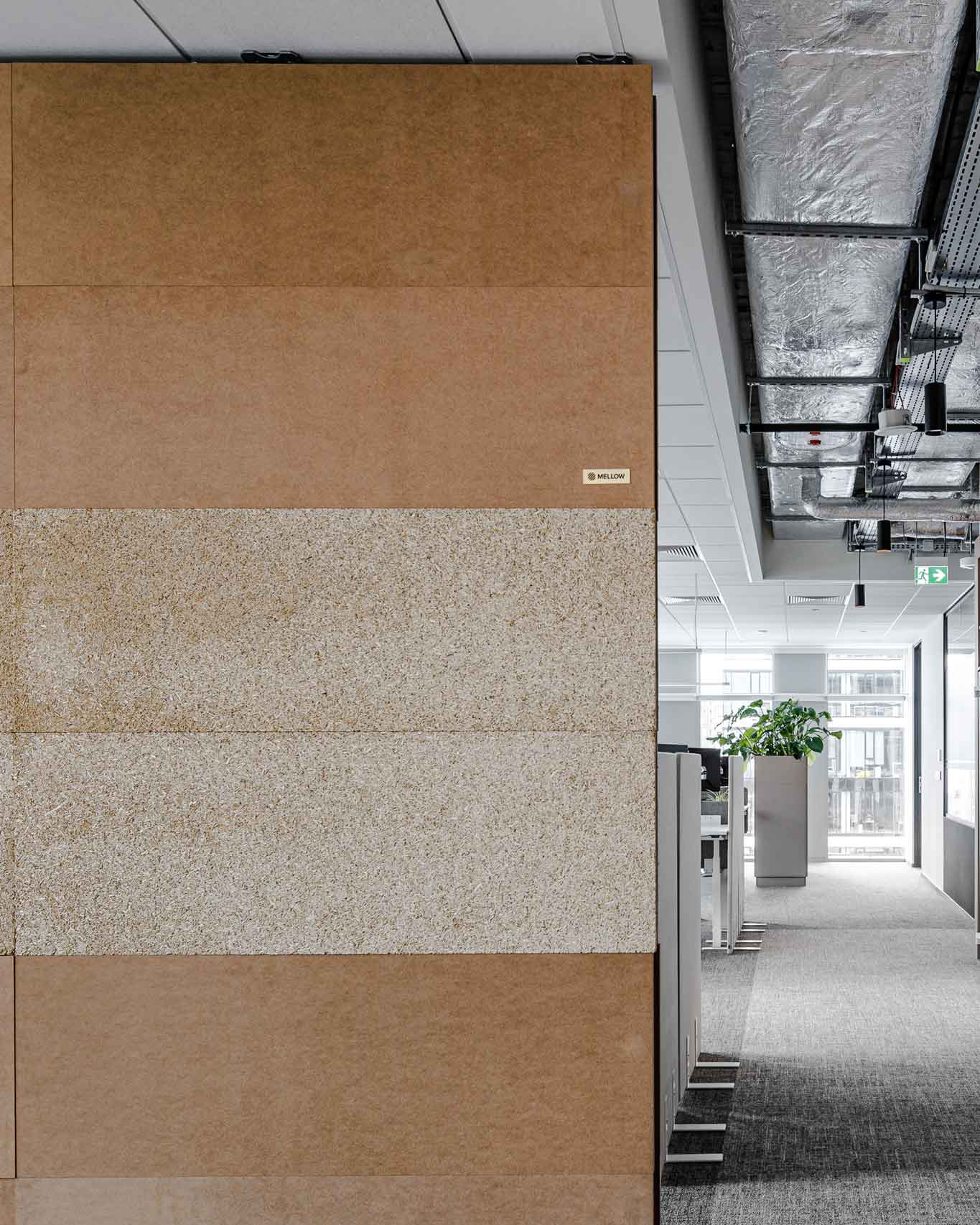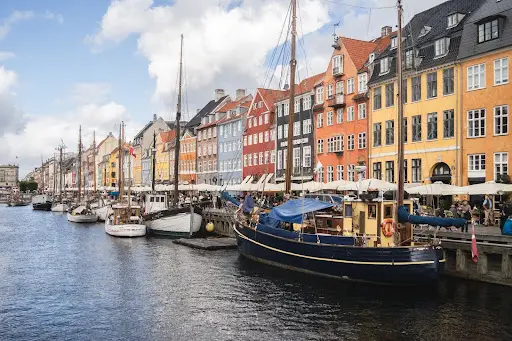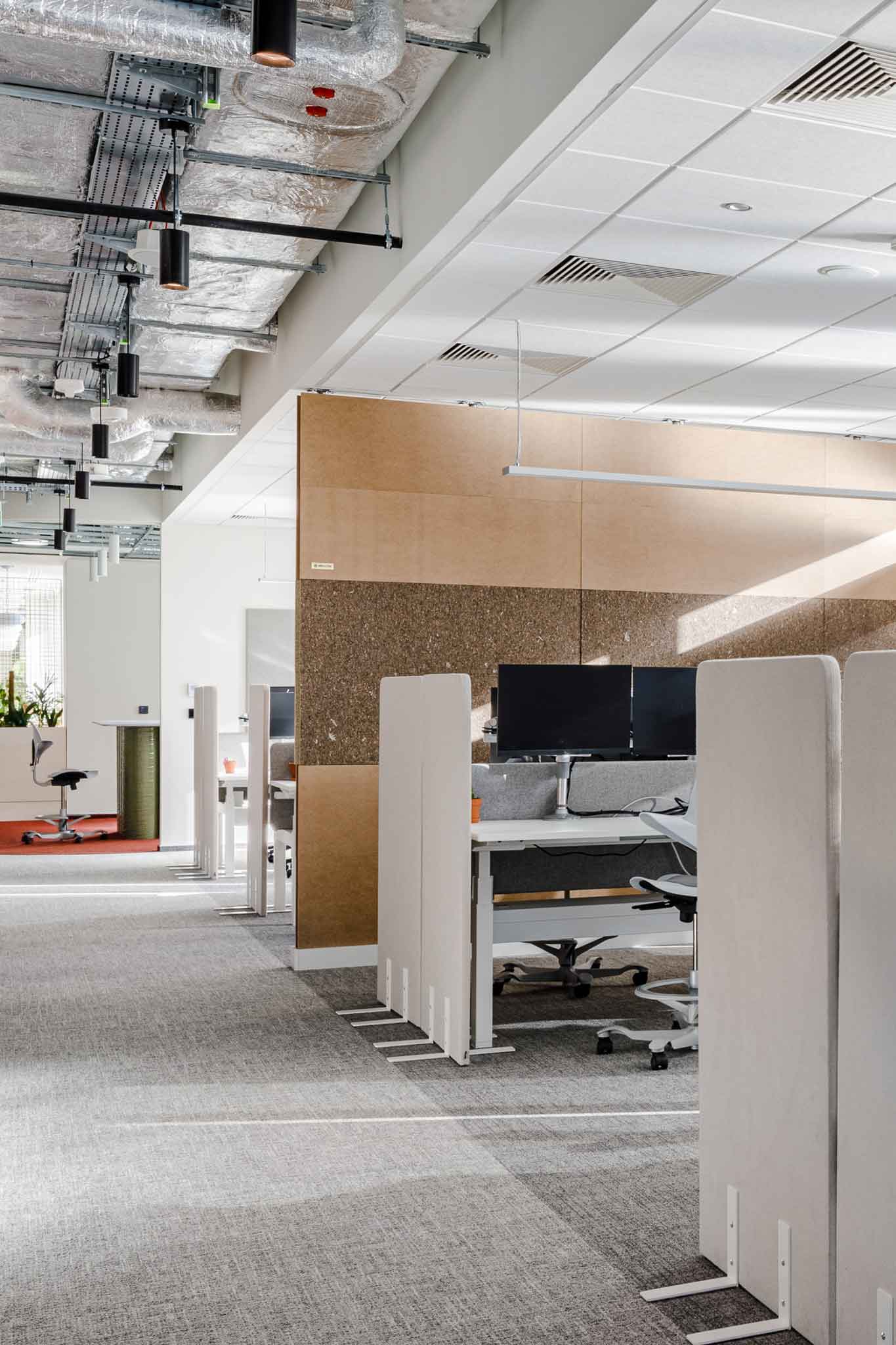
Exploring Copenhagen's Sustainable Circular Urbanism: A Model for the World
Author: Emilio Adán
Denmark has earned a reputation for being one of the most sustainable and eco-friendly countries in Europe, but only a few know the fact that further distinguishes this Scandinavian country. Its capital, Copenhagen, with approximately 800,000 inhabitants, is considered the prime example of circular urbanism in the world.
Understanding Sustainable Circular Urbanism
In this article, we will explore what sustainable circular urbanism entails and why Copenhagen stands out as the epitome of this urban approach.
Aiming for Climate Neutrality
To acquaint you with the term, the circular economy is a model of production and consumption that seeks to maximize the reuse, repair, refurbishment, and recycling of materials and products, minimizing waste.
The concept of sustainable urbanism, therefore, involves planning a city and its buildings using the principles of the circular economy. This means creating an urban ecosystem with its own circular dynamics that provide a high quality of life for its inhabitants.
Jakob Norman-Hansen, an expert in urban planning, highlights that in the 1980s, Copenhagen faced serious environmental problems. It was a highly industrialized and polluted city because it did not adhere to the aforementioned principles.
While environmental awareness was not very popular among the population at that time, significant efforts were made to move towards sustainable development in the future.
This has led Copenhagen to become a clear example of a sustainable circular city today. Copenhagen has a very clear goal for the year 2025: to achieve climate neutrality and become the world’s first capital with zero emissions.
This ambitious goal reflects the city’s commitment to sustainability and reducing its environmental impact to meet the country’s target of reducing emissions by 70% by 2030.
Key Factors of Copenhagen’s Circular Urbanism
What factors have led to Copenhagen’s urban success? In 2012, Copenhagen adopted the so-called Climate Plan, articulated around three fundamental pillars: energy consumption and production, green mobility, and city administration initiatives.
-
Green Mobility
One fact you’ve probably heard a lot is that in Copenhagen, there are more bicycles than cars. This is due, among other things, to Copenhagen’s possession of one of the world’s best cycling infrastructures, allowing its residents to travel by bike throughout the city.
The Danish government aims for 75% of trips in the city to be by bike, on foot, or by public transport by 2025. This policy contributed to improving air quality and reducing vehicular traffic, thus reducing CO2 emissions since it began in 2009.
City initiatives have contributed to substantial reductions in CO2 emissions. So much so that the goal of a 20% reduction by 2015 was already achieved in 2011 when CO2 emissions decreased by 21% compared to 2005.
The aim is for the city’s emissions to be 1.2 million tons of CO2 by 2025.
-
Renewable Energy
The city has a waste-to-energy plant that promotes the use of biomass and renewable energy.
Thus, the main energy consumption targets for 2025 would be as follows:
- A 20% reduction in heat consumption.
- A 20% reduction in electricity consumption in commercial and service companies.
- A 10% reduction in household electricity consumption.
- The solar cells installed correspond to 1% of electricity consumption in 2025.
-
Nature Integrated into the City
Copenhagen’s circularity is reflected in its approach to public spaces and smart urban planning. Since 2010, all new buildings have been required to include green roofs, which not only absorb pollutants but also contribute to combating climate change.
Additionally, the city has an abundant presence of green areas that serve as urban lungs and natural refuges.
Apart from this, Copenhagen has great opportunities to shift the real estate market in a climate-friendly direction by constructing low-energy buildings as has been done in recent years.
The city’s goals for 2025 would include:
- Reducing municipal building energy consumption by 40%
- Ensuring that any vehicle in the city is powered by electricity, hydrogen, or biofuels.
- Cutting street lighting energy consumption in Copenhagen in half.
- Installing a total of 60,000 m2 of solar cells in new municipal construction projects and existing municipal buildings.
Conclusions
Copenhagen, therefore, stands out as a model of circular urbanism that balances economic development with environmental sustainability and the quality of life of its inhabitants.
Its innovative approach to mobility, energy, technology, and urban design serves as inspiration for other cities in their pursuit of sustainability.
At mellow designs, we are deeply committed to our city’s goals and want to ensure they are met.
For this reason, we focus on zero-waste policies and a circular economy. We aim to be an inspiring example for other companies and strive not only for Denmark but for a world with zero waste and a more circular world.
Look at our previous projects and see how we solved problems.
If you’d like to learn more, you can also book a call with us down below.

Latest ArtiCles


building better with adaptable partition walls
